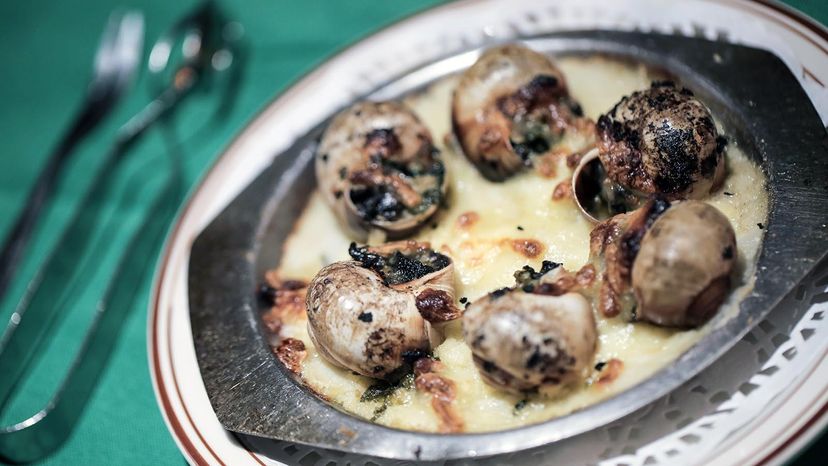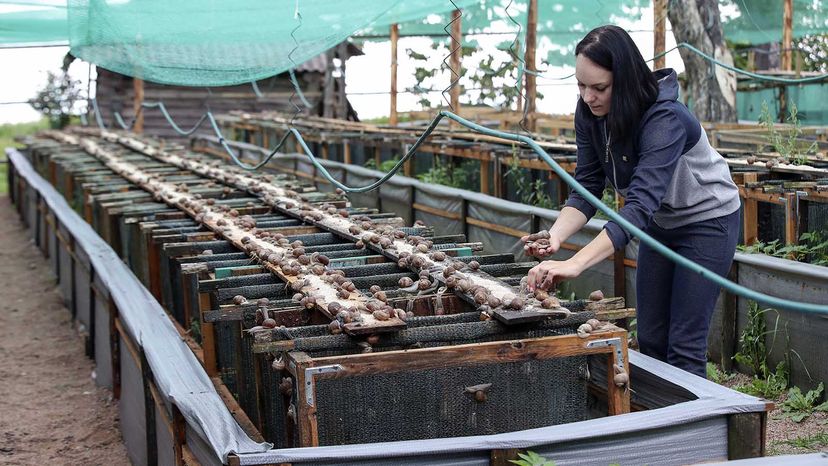
If you've always wondered about — but never tried — escargot, you're not alone. This French delicacy's main ingredient, snail, can intimidate the everyday diner. Is it slimy? Do snails taste good? Or, first and foremost, what's even in escargot?
Let's start with the basics: Escargot originated in France and consists of snails cooked in everything from garlic butter to wine. It's delicious, highbrow fare celebrated by culinary icons around the world. You'll find the dish typically served as an appetizer, especially across Europe.
Advertisement
In the United States, though, escargot remains more of a novelty. Many Americans are squeamish about the idea of eating these mollusks, but according to French-trained chef Brandon Chrostowski, founder of EDWINS Leadership and Restaurant Institute in Ohio, they shouldn't be.
"It's not just a snail," he says. "You can eat it in multiple ways, and it's almost like a piece of meat, but with a little more texture to it."
Advertisement




